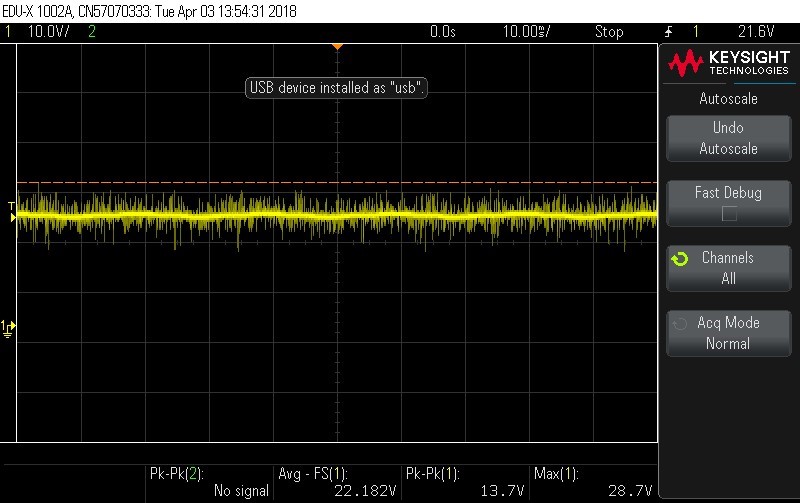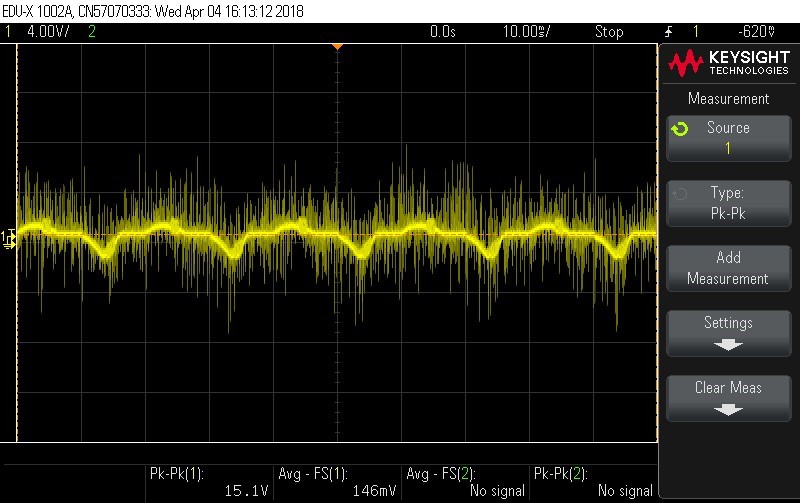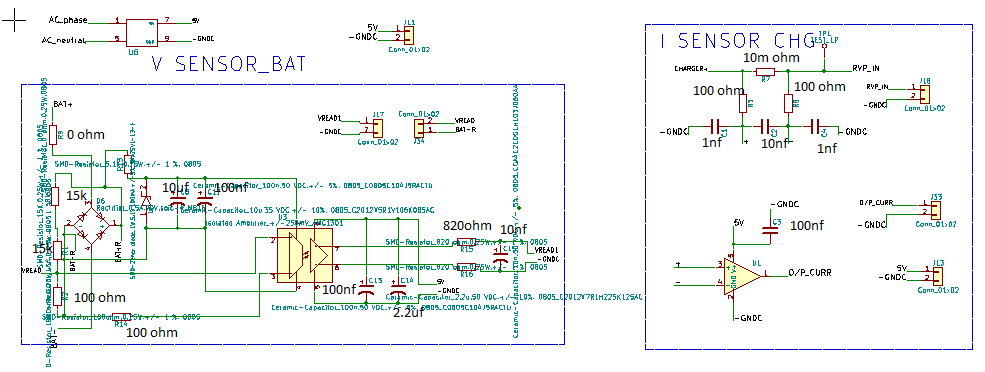Other Parts Discussed in Thread: TMS320F28069, , INA200, INA203, INA271, INA270, INA240, INA282, INA139, AMC1301
Hi
We are using INA 193 current sensor for a battery charging application. We are using it for 24V as well as a 48 V application.
I have also attached the circuit used. It works well. After some 10 ~ 15 charge cycles, the current sensor failed.. ( Current sensor output is continouslly 0 volts).
The current measuring range is 0 - 5 A DC. We are using a 5 V power supply whose ground is isolated from the battery negative ( whose current is being sensed).
After the first failure, we replaced the sensor, again after some 10 ~ 15 charge cycles , once gain the sensor failed.
The current sense resistor is connected between charger +ve terminal and the battery +ve terminal. The output of the
INA 193 ic connected to an ADC of TMS320f28069..
Is it allowed to use this for a 24 V battery without any transient protection @ the sensor inputs ?
Is it allowed to use this for a 48 V battery without any transient protection @ the sensor inputs ?
What could be the other cause for the sensor output to go 0 volts... when it is sensing a current of around 3 A DC.. ?
Thanks
Lenin.






